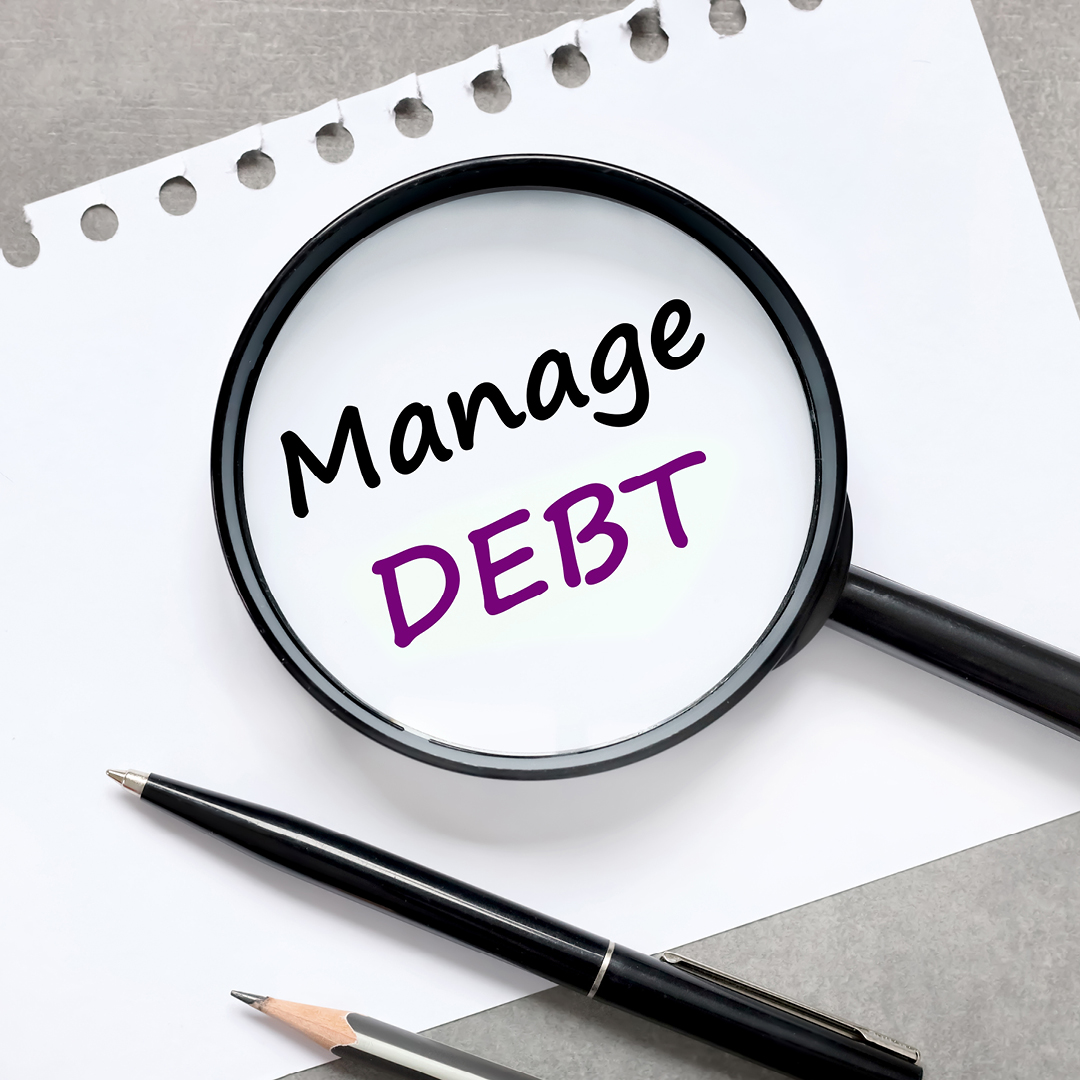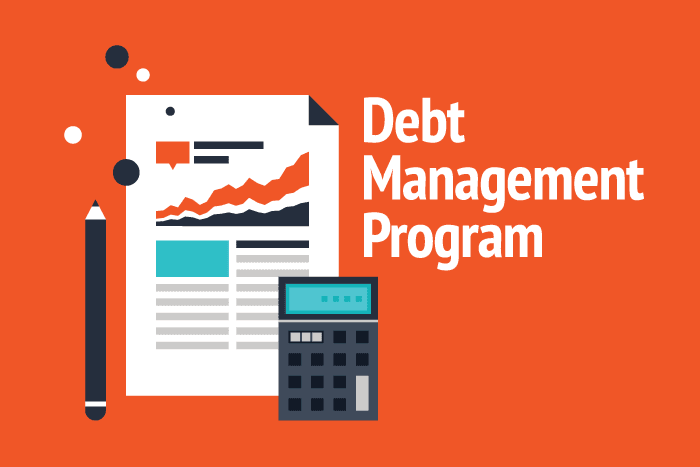The Comprehensive Overview to Developing and Carrying Out an Effective Debt Monitoring Strategy for Sustainable Financial Debt Relief

Analyzing Your Debt Scenario
When embarking on the journey to produce a reliable debt management plan, it is necessary to begin by completely analyzing your existing debt situation. More Discussion Posted Here. This preliminary step is vital as it gives a clear understanding of the extent of your debts, the rate of interest prices attached to each financial obligation, and the minimal regular monthly settlements called for. By compiling an extensive listing of all your financial obligations, consisting of bank card, fundings, and any kind of other impressive equilibriums, you can gain understanding right into the complete quantity owed and focus on which financial obligations to deal with first
When assessing your financial debt circumstance, it is necessary to review your income and expenditures to determine just how much you can genuinely allot in the direction of financial obligation repayment each month. This examination will certainly assist you create a budget plan that guarantees you can satisfy your financial debt obligations while still covering important living costs. Additionally, by recognizing any unnecessary expenditures that can be reduced or removed, you can maximize much more funds to place in the direction of paying off your financial debts efficiently.
Establishing a Spending Plan Strategy
To efficiently handle your finances and accomplish your financial debt settlement goals, it is vital to develop an extensive budget strategy. A budget plan functions as a roadmap for your monetary wellness, describing your revenue, expenses, and financial savings goals. Beginning by determining your complete monthly income after tax obligations. This includes your salary, any type of added sources of earnings, and government benefits. Next off, list all your fixed expenditures such as rental fee or mortgage, utilities, insurance policy, and loan settlements. Variable expenditures like grocery stores, enjoyment, and transportation must additionally be represented by approximating an ordinary monthly cost. Set apart in between wants and needs to focus on important expenses while determining locations where you can cut down. Designate a portion of your revenue towards cost savings and an emergency situation fund to avoid building up even more debt in case of unforeseen costs. Routinely testimonial and change your budget plan as needed to remain on track towards achieving economic stability and effectively handling your debt.
Negotiating With Financial Institutions
Taking part in conversations with lenders is a pivotal action in proactively addressing and dealing with arrearage responsibilities. When working out with financial institutions, it is important to approach the discussion with a clear understanding of your economic circumstance and a recommended strategy for repayment. Begin by gathering all appropriate details concerning your debts, including account information, superior balances, and rates of interest. This preparation will show your dedication to addressing the debt sensibly.
During arrangements, be truthful regarding your financial difficulties and connect openly concerning your readiness to repay the financial obligation. Lenders are often happy to function with individuals that demonstrate a real effort to resolve their obligations. You can talk about possible alternatives such as restructuring the layaway plan, negotiating a reduced interest rate, or perhaps working out the financial debt for a minimized amount.
Keep in mind to record all communication with financial institutions, consisting of arrangements reached, settlement strategies developed, or any type of changes to the regards to the debt. By taking part in constructive discussions and getting to mutually advantageous agreements, you can pave the means towards lasting financial debt alleviation and monetary security.

Implementing Financial Debt Settlement Approaches
When carrying out financial obligation repayment techniques, it is important to start by prioritizing financial debts based on elements such as passion prices, outstanding equilibriums, and lender terms. One typical method is the financial debt snowball technique, where you concentrate on paying off the tiniest financial obligations first while making minimal repayments on bigger financial obligations.
Another method is the debt avalanche technique, which involves focusing on financial debts with the greatest passion prices to reduce the this content general interest paid over time. Monitoring your progress consistently and readjusting your methods as required will certainly make certain that you are efficiently handling your debt and working in the direction of economic flexibility.
Tracking and Readjusting Your Plan
On a regular basis evaluating and adjust your debt management plan is vital for preserving financial stability and attaining your lasting goals. Checking your strategy involves tracking your progress, assessing your budget consistently, and staying upgraded on your impressive financial obligations. It is vital to check your plan to make certain that you are on track to satisfy your repayment objectives and make any kind of needed modifications as your financial scenario adjustments.
One method to check your debt management plan is by routinely assessing your budget and expenses to recognize locations where you can cut costs and allot even more funds in the direction of financial obligation settlement. By tracking your spending behaviors and reassessing your budget plan regularly, you can make enlightened choices on exactly how to enhance your financial debt repayment strategy.
In addition, checking your strategy permits you to remain inspired and concentrated on your monetary objectives. Celebrate little success along the method, such as settling a credit report card or lowering a considerable section of your financial debt. These turning points can keep you encouraged and devoted to staying with your debt administration plan for sustainable financial debt relief.
Conclusion
In final thought, producing and performing an effective debt administration plan needs a complete assessment of your financial debt circumstance, the advancement of a budget plan, negotiation with lenders, implementation of financial debt settlement approaches, and continual surveillance and change. By complying with these actions, people can achieve lasting financial obligation alleviation and take control of their financial future.
With cautious planning and critical decision-making, crafting a comprehensive financial debt administration plan is not just achievable yet likewise important for lasting financial obligation relief.When beginning on the journey to develop an effective financial debt management strategy, Find Out More it is important to start by thoroughly analyzing your current financial debt circumstance. When applying financial obligation repayment methods, it is essential to start by focusing on debts based on variables such as interest prices, outstanding equilibriums, and creditor terms. One usual approach moved here is the financial debt snowball technique, where you concentrate on paying off the smallest financial obligations initially while making minimum settlements on larger financial debts. These milestones can maintain you inspired and devoted to sticking to your debt administration strategy for sustainable financial obligation alleviation.
Comments on “Is Financial Debt Consolidation Right for You? Much More Discussion Posted Here”